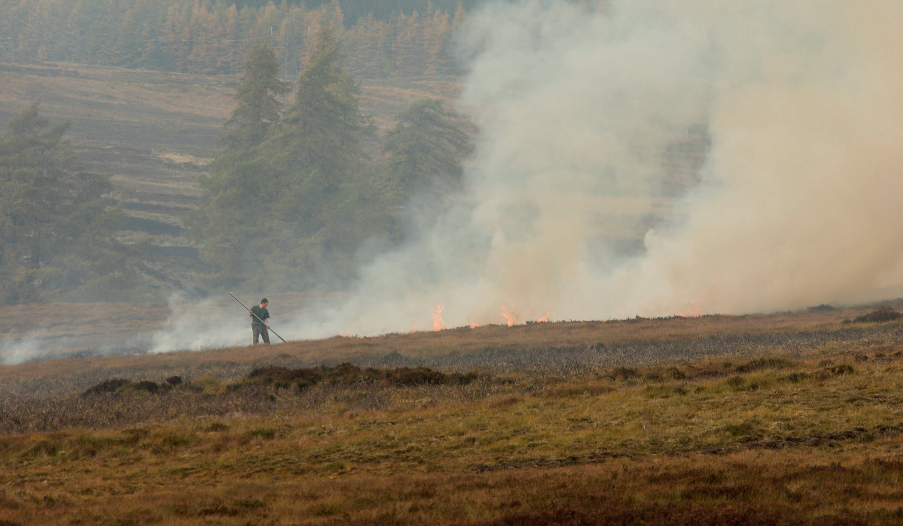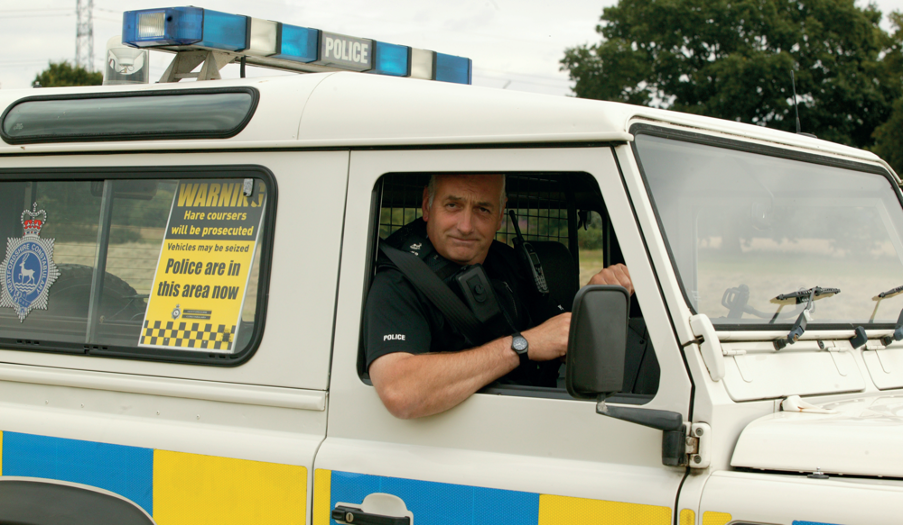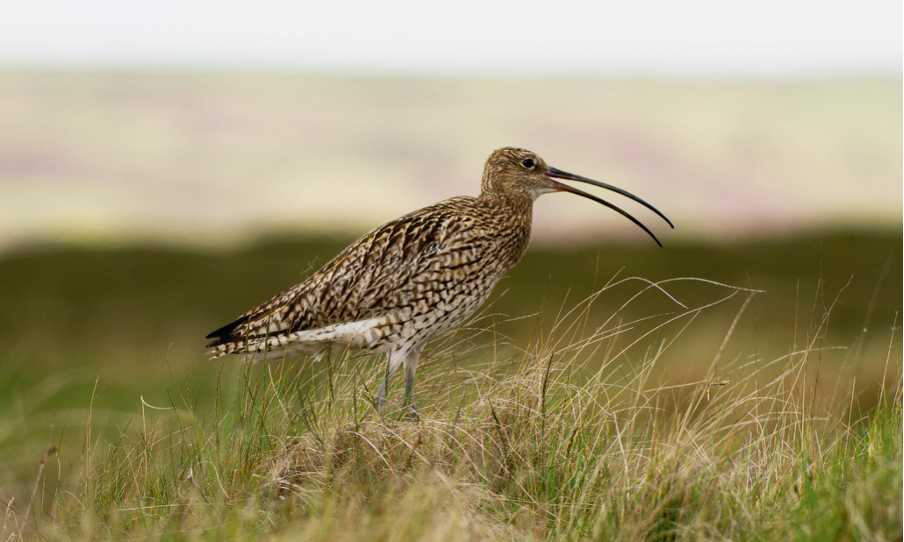News
Shooting
Shotgun
Shotgun news
Pheasant shooting at Glanusk, Powys
Pheasant shooting: There's more to pheasant shooting in Wales than the big names on the border.
Would you like to appear on our site? We offer sponsored articles and advertising to put you in front of our readers. Find out more.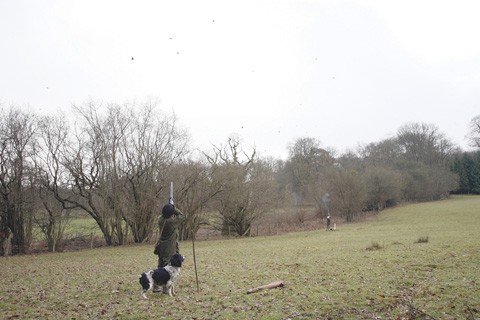
Pheasant shooting: Mark Coleman has a simple wish – to persuade you, the sporting public, that Wales isn’t as far away as you might think.
He can’t understand why someone from the Midlands travels all the way down to the south west of England in search of expensive birds – which allegedly have to be seen to be believed – when birds equally deserving of that worn-out “Devon” prefix can be found much closer to home.
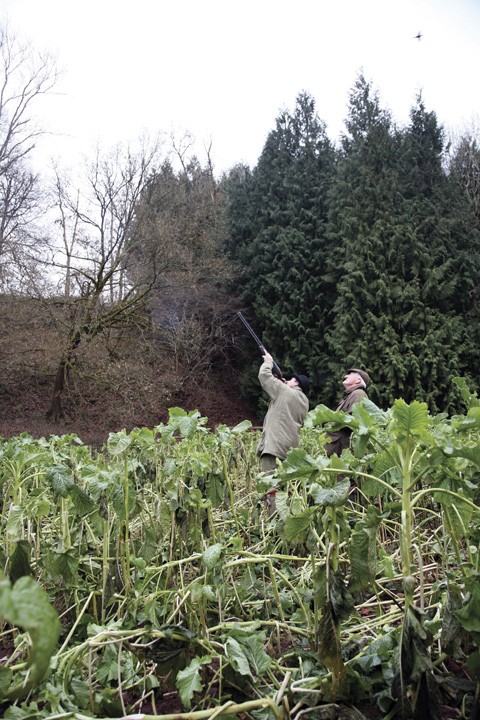
Mark is conscious of the stigma attached to Wales, that it is somehow inaccessible or intimidating to the visiting sportsman, but he is adamant he is creating something that, given time, will change hearts and minds.
Mark seems perfectly at home at Glanusk, a 20,000 acre estate within easy reach of Brecon, Abergavenny or Hay-on-Wye.
He arrived a year-and-a-half ago from a commercial shoot in Ledbury with a head full of ideas on how to craft this sleeping giant into a premier pheasant shooting destination.
The resources needed to create sport to rival the south west are seemingly endless.
Numerous wooded hillsides embrace wide, rolling fields and river valleys and every one and everything in sight is dwarfed by the dizzying faces of Pen-y-Fan or Cribyn, two mountains ready to engulf the lodges and cottages punctuating the shadowy foothills below.
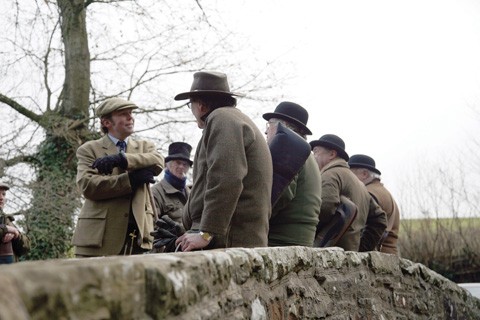
For many years, those who lived within the immediate vicinity viewed the shoot as exclusive, but Mark’s arrival appears to have changed that.
The shoot’s potential is endless and Mark, who has leased the estate from the Legge-Bourke family, is dedicated to delivering quality sport to all comers.
Over 30 days were sold in the first season alone and, at the time of writing, very few days for the forthcoming season remain.
To illustrate the speed at which Mark and his team have been working you need only look at the variety of the pheasant shooting already available.
Guns of all abilities will find something to their liking and novices won’t feel intimidated.
Drives like The Larches gauge the individual gun’s ability well.
Guns are typically pegged 40 yards apart on this undulating pasture, the coniferous wood ahead of the line is intersected with rides and firebreaks to encourage pheasants to fan out as they climb, and the distance between wood and peg means a gun can afford to be selective.
With the additional dip at the bottom of the field, those birds left alone by one gun present a delicious prospect for another farther back.
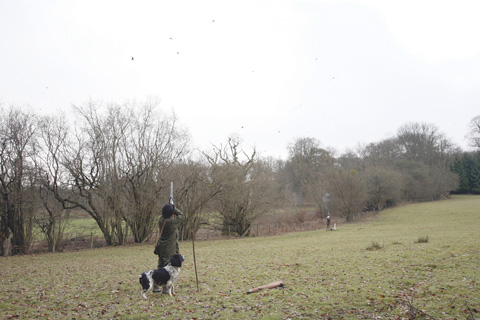
“This’ll sort them out,” is the kind of phrase shoot captains will say whenever they are ready to present what they consider to be their signature drive.
Glanusk is rightly proud of drives like Tan-y-Lan, a stretching bank once dominated by bracken which now has a larch wood buffered by cover at its distant summit.
Guns are split between two fields divided by a diminishing cover crop running from top to bottom and Ty-Robin Wood behind.
I saw non-stop pheasant shooting and every single bird was a strong one, but despite the higher and faster sport, guns were able to remain as selective as they had done on The Larches.
Mark considers the quality of Tan-y-Lan to be down to Stuart Jarvis, the former headkeeper on the shoot who remains one of his key aides.
If, as is planned, more drives like this one can be created at Glanusk, Mark might find he has a few enquiries to deal with once word gets around.
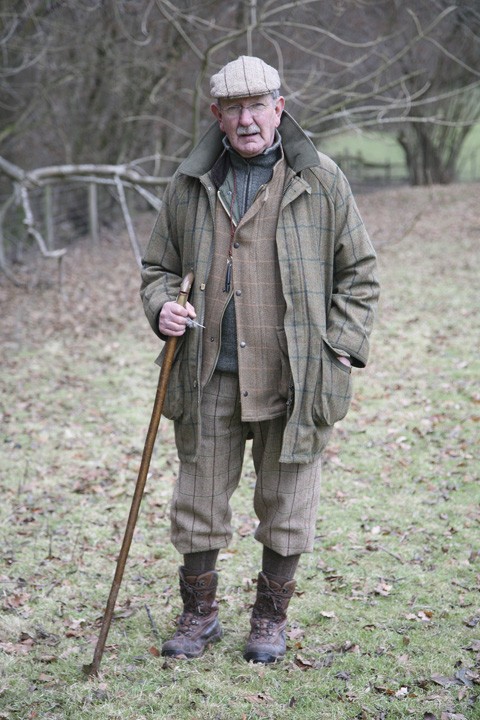
Glanusk shoot days are all about friendship and interaction and Mark comes across as a warm and friendly 30-something who doesn’t cripple his guns with stringent timekeeping, or panic if the first score of birds out of a wood are all ankle biters.
That said, he is no wall flower either; though you might only know he’s there by a subtle cough or touch of the elbow if he needs to interrupt your conversation.
He drives the gun lorry around himself and, while it might be a little lonely up front, as long as the guns behind are hooting and japing, he sees this as one half of his job already done.
The team I joined up with on a frosty day in December last year were largely older guns, most of whom knew each other very well.
The man-to-man relationship they had with each other is the kind Mark appears to want to foster with his guns.
He hasn’t come to Glanusk to dismiss a gun from his memory once they leave the driveway, and probably has a notebook stashed somewhere which has records of their individual habits or vices, be it a box of matches for a gun who likes a cigar, a particular brand of sloe gin or a stool to take the weight off.
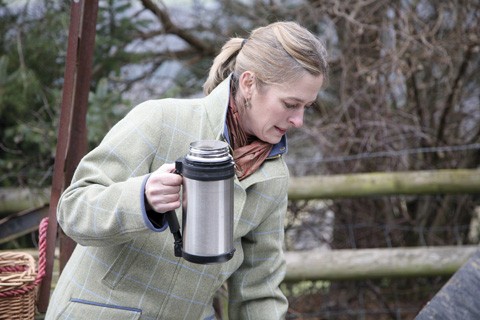
Mark’s wife Rachel prepares an array of half-time snacks and there is a feast back at Glanusk Lodge at the end of the day.
Meanwhile the gamekeepers have helped oversee the implementation of brand new pens and a breeding stock from scratch, and they run a beating line which is nearly silent as it trawls through the woods or the cover crops.
The Glanusk way is as good for its guests as it is for the reputation of pheasant shooting in Wales.
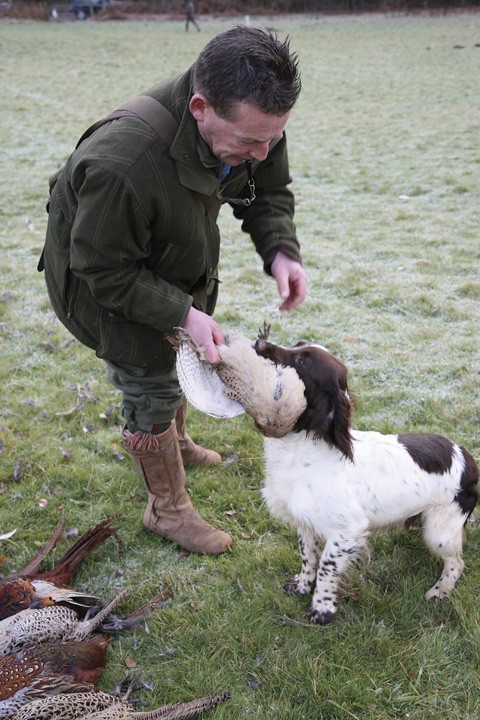
Everybody serving under Mark is encouraged to work hard and enjoy themselves during the shoot day, just like the guns who are discovering this part of the United Kingdom.
For more information on the Glanusk shoot click here
For more shoot features click here
Related articles
News
Hit pause on flawed rollout, urges BASC
BASC calls for delay to the Scottish government’s muirburn licensing scheme amid concerns from practitioners over the code’s workability.
By Time Well Spent
News
More power to police for tackling poachers
Following countryside organisations’ campaigning, penalties for illegal coursing have increased, with average fines up from £360 to £6,000
By Time Well Spent
Manage Consent
To provide the best experiences, we use technologies like cookies to store and/or access device information. Consenting to these technologies will allow us to process data such as browsing behavior or unique IDs on this site. Not consenting or withdrawing consent, may adversely affect certain features and functions.
Functional Always active
The technical storage or access is strictly necessary for the legitimate purpose of enabling the use of a specific service explicitly requested by the subscriber or user, or for the sole purpose of carrying out the transmission of a communication over an electronic communications network.
Preferences
The technical storage or access is necessary for the legitimate purpose of storing preferences that are not requested by the subscriber or user.
Statistics
The technical storage or access that is used exclusively for statistical purposes.
The technical storage or access that is used exclusively for anonymous statistical purposes. Without a subpoena, voluntary compliance on the part of your Internet Service Provider, or additional records from a third party, information stored or retrieved for this purpose alone cannot usually be used to identify you.
Marketing
The technical storage or access is required to create user profiles to send advertising, or to track the user on a website or across several websites for similar marketing purposes.

